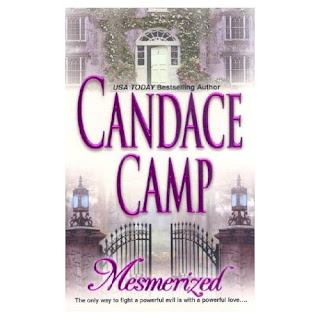Dove's Way by Linda Francis Lee
Matthew Hawthorne saved Finnea Winslet's life one day on a train in Africa. But Finnea didn't know that on that day she saved his soul. Destroyed by scandal, Matthew would have been ostracized completely by the unyielding society of his birth had he not been such a powerful man. Matthew doesn't let himself care about anyone or anything, until Finnea arrives unexpectedly in Boston. Raised in Africa, Finnea is as foreign to Bostonians as they are to her. Yet she is determined to make a life for herself there, so she turns to Matthew to learn the ways of that rigid town. But can Matthew help Finnea without losing what is left of his heart? From the jungles of Africa to the heart of Boston society, DOVE'S WAY is an extraordinary tale of redeeming love that will rescue a man, and release a woman from the pain in her heart. My Review: Dove's Way is a very moving and heartfelt Historical Romance. The storyline is set in Boston but is also halfway in Africa as that's where the two characters meet and where the heroine grows up. Finnea and Matthew are both "tortured" characters in their own ways. Finnea is very insecure in her familial relationships and Matthew was horribly injured and scarred in an accident. This story is very "high drama". You won't find yourself laughing or smiling during this book but it will probably make you tear up. Some sexual chemistry, including a few fairly hot love scenes, nothing that should offend, in fact the scenes are more emotional than anything. I'm looking forward to reading book two, Matthew's brother's Grayson's story in Swan's Grace. 5 stars.
Dove's Way
Linda Francis Lee
Historical Romance-Victorian Era
Rating 5 stars
Synopsis: "Even months after that day on the train, her face still haunted my dreams. And I was sure the feel of her in my arms would stay with me forever. But then one night, she stepped back into my life as if walking into my dreams. . . ."












